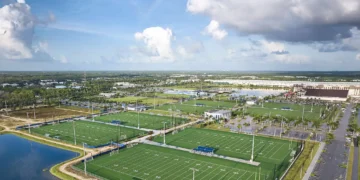Lee County will be receiving more than $1.1 billion from the federal government as a boost to continue recovering from Hurricane Ian.
The funds from the Department of Housing and Urban Development, with 70% earmarked for median-income level areas and 30% for other uses, amount to about $1,338 per person in the county, per the 2022 U.S. Census.
Injecting those funds means following federal guidelines, which led to the creation of Resilient Lee, a task force with 13 elected officials and community leaders, including chairman and Lee County Commissioner Kevin Ruane.
“I think what’s most important, I really want to hear from the community,” Ruane said of the public participating in a series of ongoing workshops. “This is about how resilient should we be. And what you want to do to talk resiliency. So we’re going to have to look at things in a whole different limelight.”
Those leaders will work with branch leaders covering eight subtopics, including planning and capacity, economic recovery, infrastructure, housing, education and workforce, natural resources, health and social services and cultural resources.
Over the course of 39 meetings, public input and data will be gathered that will culminate in an action plan.
Public meetings began in April, but there are still 20 more meetings on the May calendar for public participation. The public is also encouraged to fill out a form on resilientlee.com. 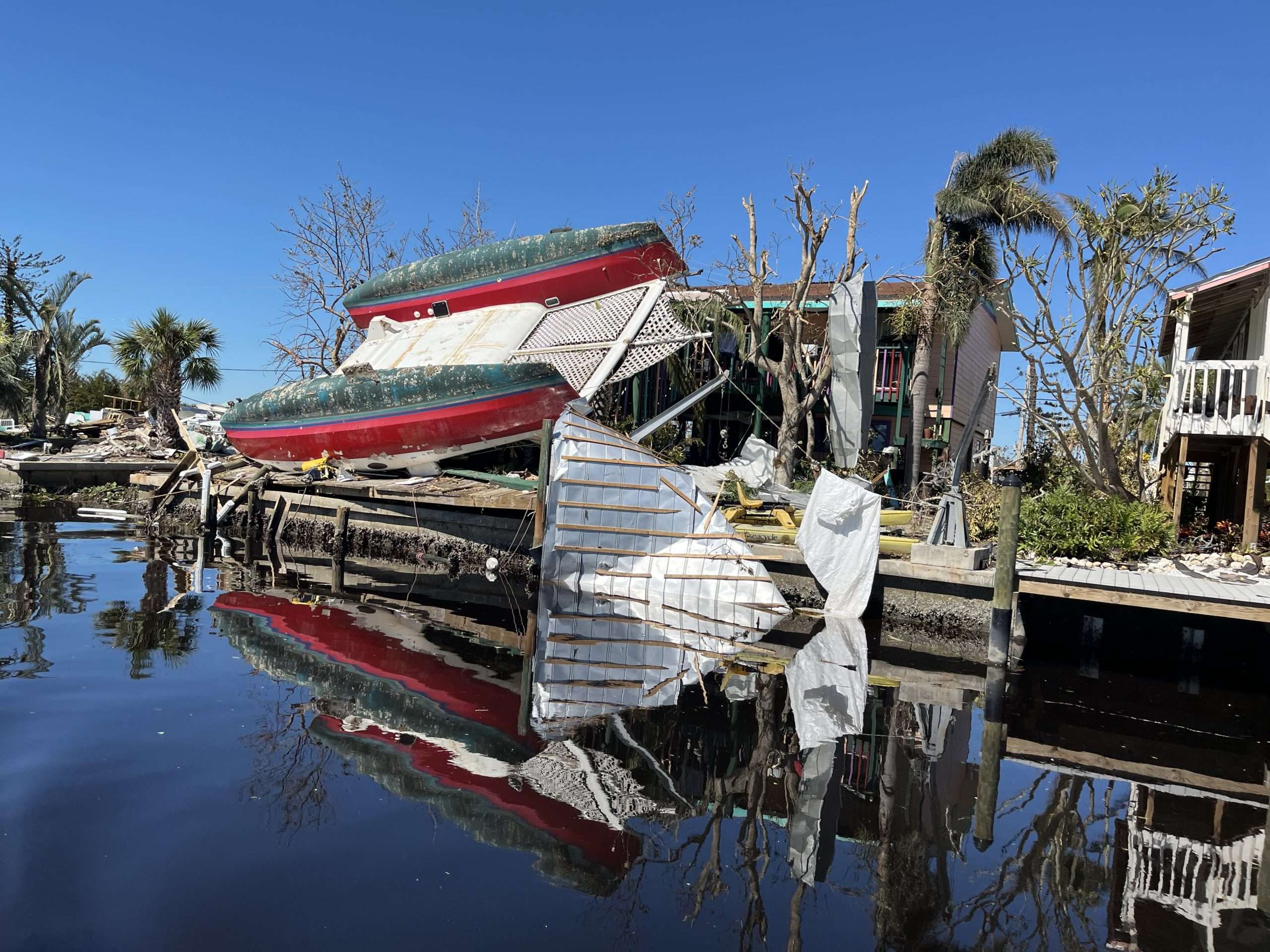
Cape Coral Mayor John Gunter stressed the importance of participation.
“First of all, they’re very important because they’re mandated by the federal government,” Gunter said. “That puts it high on the list. You have to have a buy-in from the community. You have to have the data collected from the meetings. More importantly, to hear from the community as well, to determine what do you think your needs are? Most people won’t realize how the funding criteria works. ‘I want X.’ Unfortunately, X might not fit in the criteria.
“A lot of the money, I think, will go toward housing, to provide affordable housing. I think we have a golden opportunity.”
Lee County Property Appraiser Matt Caldwell is on task force and contributes to the natural resources branch. He said the task force and funds will take the county beyond responding to the Sept. 28 hurricane, and take it into the future, to be better prepared for future storms. To-do lists like removing storm debris from mangroves have been discussed, but there are bigger-picture issues as well.
“We’ve got very good infrastructure in place,” Caldwell said. “They’re going to get the trash picked up. We’re going to get the streetlights replaced.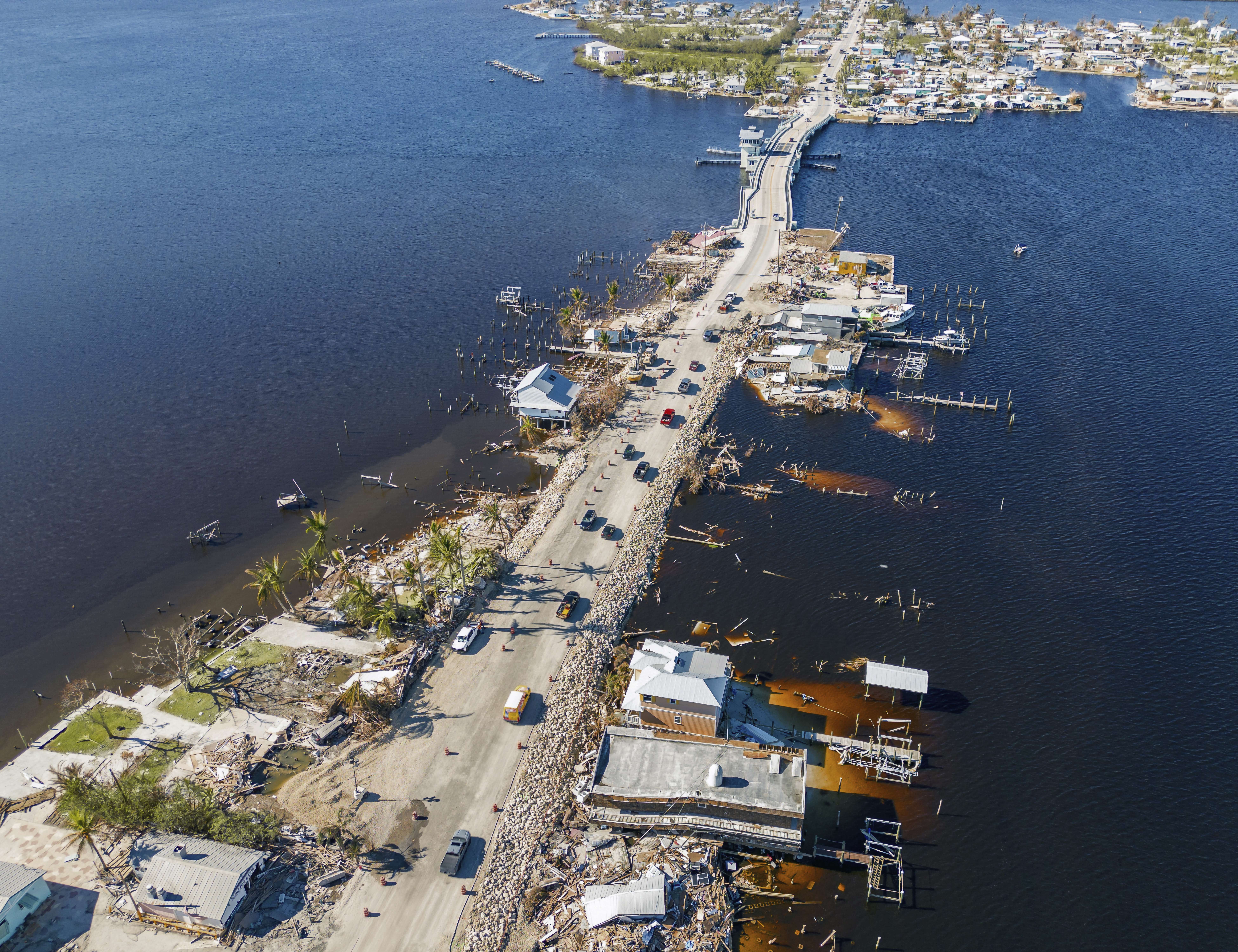 “But big, long-term decisions, I think, need to be considered. The data is being weighed. We need a vision for not just for the next year, but for the next five years. What the task force is looking at is even bigger than that. I’ll give you an example. What’s going to be the future of the fishing fleet on San Carlos Bay? Most of the docks were destroyed. And a lot of those marinas aren’t going to be rebuilt. A lot of those owners might sell for condo development. Do we as a community want to make an investment, either there or somewhere else in the county, to host the commercial fisherman? Otherwise, they might get displaced. That’s a much bigger question.”
“But big, long-term decisions, I think, need to be considered. The data is being weighed. We need a vision for not just for the next year, but for the next five years. What the task force is looking at is even bigger than that. I’ll give you an example. What’s going to be the future of the fishing fleet on San Carlos Bay? Most of the docks were destroyed. And a lot of those marinas aren’t going to be rebuilt. A lot of those owners might sell for condo development. Do we as a community want to make an investment, either there or somewhere else in the county, to host the commercial fisherman? Otherwise, they might get displaced. That’s a much bigger question.”
Robert DiLallo, fire chief in Lehigh Acres and a task force member, said the two biggest issues fire departments face during and following storms is having a hardened building from which to work and having delayed response times because of downed power lines.
“Lee County was littered with overhead utilities and power lines,” Dilallo said. “That’s one of the largest expenses, and one of the biggest to restore. I’m hoping some of this money will go to figuring out how to take care of that issue. We have [Lee County Electric Cooperative] and [Florida Power and Light]. Between the two of them, we need to come up with some way to make the overhead system stronger, to handle more wind. Or we need to explore going underground. It’s a huge issue. The very first thing before the storm stops is we’ve got downed powerlines everywhere. That slows us down from getting to where people need us.
“All of the facilities, all of the fire stations, they should have hardened buildings, meaning every one of them should have hardened wind protections from the highest wind levels.”
Ruane had two binders on his desk in his county office. One was 113 pages thick and dated May 2022, and was labeled Lee County Disaster Recovery Plan.
The other was Bay County’s recovery plan from Hurricane Michael, dated July 2019. It was somewhere between 800 and 900 pages thick.
There’s the logistics of planning for the unthinkable and the reality of responding to what actually happened Sept. 28, Ruane said, which makes the ongoing recovery daunting as the task force hopes to spend the funds the right way and with the public’s oversight and approval.
“This hurricane happened to the people,” Ruane said. “It didn’t happen to the staff. So it’s essential that they participate.”
Resilient Lee task force members

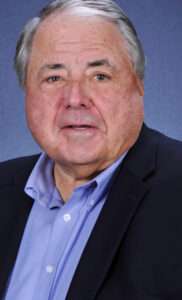


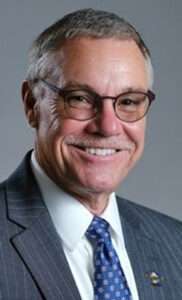
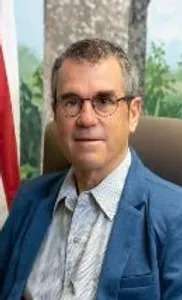

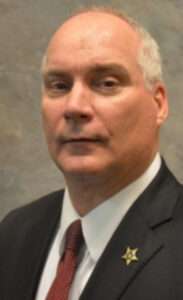
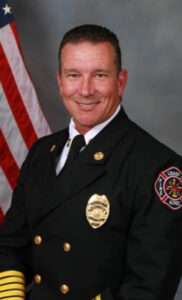
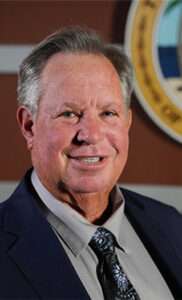



Branches
Planning & capacity: The branch will address plans that account for livability, choice and access for all. It will work to ensure county plans to address where people live, work and play, while strengthening the community to be healthy, resilient and safe for residents and businesses
Economic recovery: The branch will work to ensure residents can re-establish businesses providing goods and services. The focus will be to coordinate with the county’s public, private and nonprofit efforts to develop a long-term vision for the local economy.
Infrastructure: The branch will work to restore and revitalize the county’s critical infrastructure to support a viable, sustainable community and improve resilience to and protection from future hazards and threats. This includes identifying infrastructure improvements needed to advocate for, such as upgrades to water systems and treatment facilities, the electrical grid, transportation and broadband.
Housing: This branch will work to ensure the repair and resilient rebuilding of homes in the county. The focus will be on providing attainable housing solutions for all residents and building methods to support the needs of the community and workforce.
Education & workforce: The branch seeks to provide educational opportunities for residents of all ages – from access to higher education to job training for career changers. It will help ensure educational opportunities serve the current Southwest Florida economy, but are also designed to anticipate changes as a new economy emerges.
Natural resources: The focus will be on the protection and recovery of natural resources and the environment. This includes actions taken to preserve, conserve, rehabilitate and restore these resources in determining what it takes to make the county more resilient.
Health & social services: The damage caused by Hurricane Ian has made access to health care and social services for residents more important than ever. This branch will ensure the development and delivery of health care and social services, which will enable the community to be more resilient.
Cultural resources: Hurricane Ian disrupted access to many cultural and artistic experiences and assets. This branch is focused on actions that support and secure the role arts and culture play in county communities and how they help to shape their identity.
Meetings
Town hall — Sanibel: 6 to 8 p.m. May 1 at Big Arts Sanibel, 900 Dunlop Road.
Town hall — Gateway Elementary School: 6 to 8 p.m. May 2 at 13280 Griffin Drive in Fort Myers.
Town hall — Pine Island Elementary School: 6 to 8 p.m. May 3 at 5360 Ridgewood Drive on Bokeelia.
Town hall — Diamond Head Resort: 6 to 8 p.m. May 4 at 2000 Estero Blvd. on Fort Myers Beach.
Town hall — Heights Elementary School: 6 to 8 p.m. May 4 at 15200 Alexandria Court in Fort Myers.
Planning and capacity branch meeting: 2 to 3:30 p.m. May 8 at The Collaboratory, 2031 Jackson St. in Fort Myers.
Virtual town hall in Spanish: 6 to 8 p.m. May 8. More details to come.
Housing branch meeting: 12:30 to 2 p.m. May 9 at The Collaboratory, 2031 Jackson St. in Fort Myers.
Health and social services branch meeting: 3 to 4:30 p.m. May 9 at The Collaboratory, 2031 Jackson St. in Fort Myers.
Town hall — East County Regional Library: 6 to 9 p.m. May 9 at 881 Gunnery Road N. in Lehigh Acres.
Town hall — River Hall Elementary School: 6 to 8 p.m. May 9 at 2800 River Hall Parkway in Alva.
Cultural resources branch meeting: 8:30 to 10 a.m. May 10 at The Collaboratory, 2031 Jackson St. in Fort Myers.
Infrastructure branch meeting: 3 to 4:30 p.m. May 10 at The Collaboratory, 2031 Jackson St. in Fort Myers.
Town hall — Cape Coral City Hall: 6 to 8 p.m. May 10 at 1015 Cultural Park Blvd. in Cape Coral.
Town hall — Estero Recreation Center: 6 to 8 p.m. May 11 at 9200 Corkscrew Palms Blvd. in Estero.
Natural resources branch meeting: 10:30 a.m. to noon May 12 at The Collaboratory, 2031 Jackson St. in Fort Myers.
Virtual town hall: 6 to 8 p.m. May 16. More details to come.
Town hall — Boca Grande Community Center: 4 to 6 p.m. May 17 at 131 First St. W. in Boca Grande.
Education and workforce branch meeting: 11 a.m. to 12:30 p.m. May 18 at The Collaboratory, 2031 Jackson St. in Fort Myers.
Economic recovery branch meeting: 3 to 4:30 p.m. May 18 at The Collaboratory, 2031 Jackson St. in Fort Myers.
Recovery task force meeting: 9 to 11 a.m. May 26 at The Collaboratory, 2031 Jackson St. in Fort Myers.
